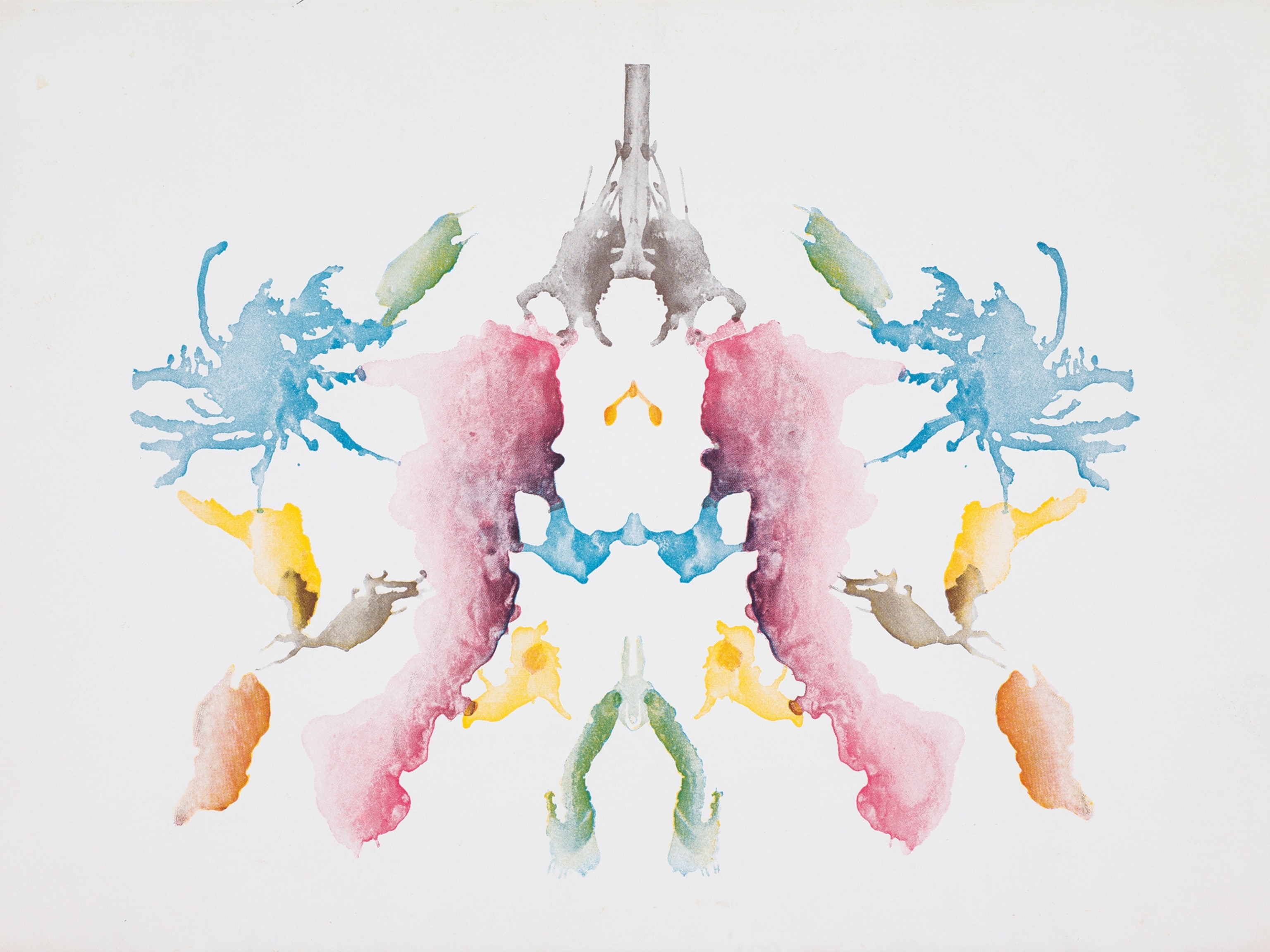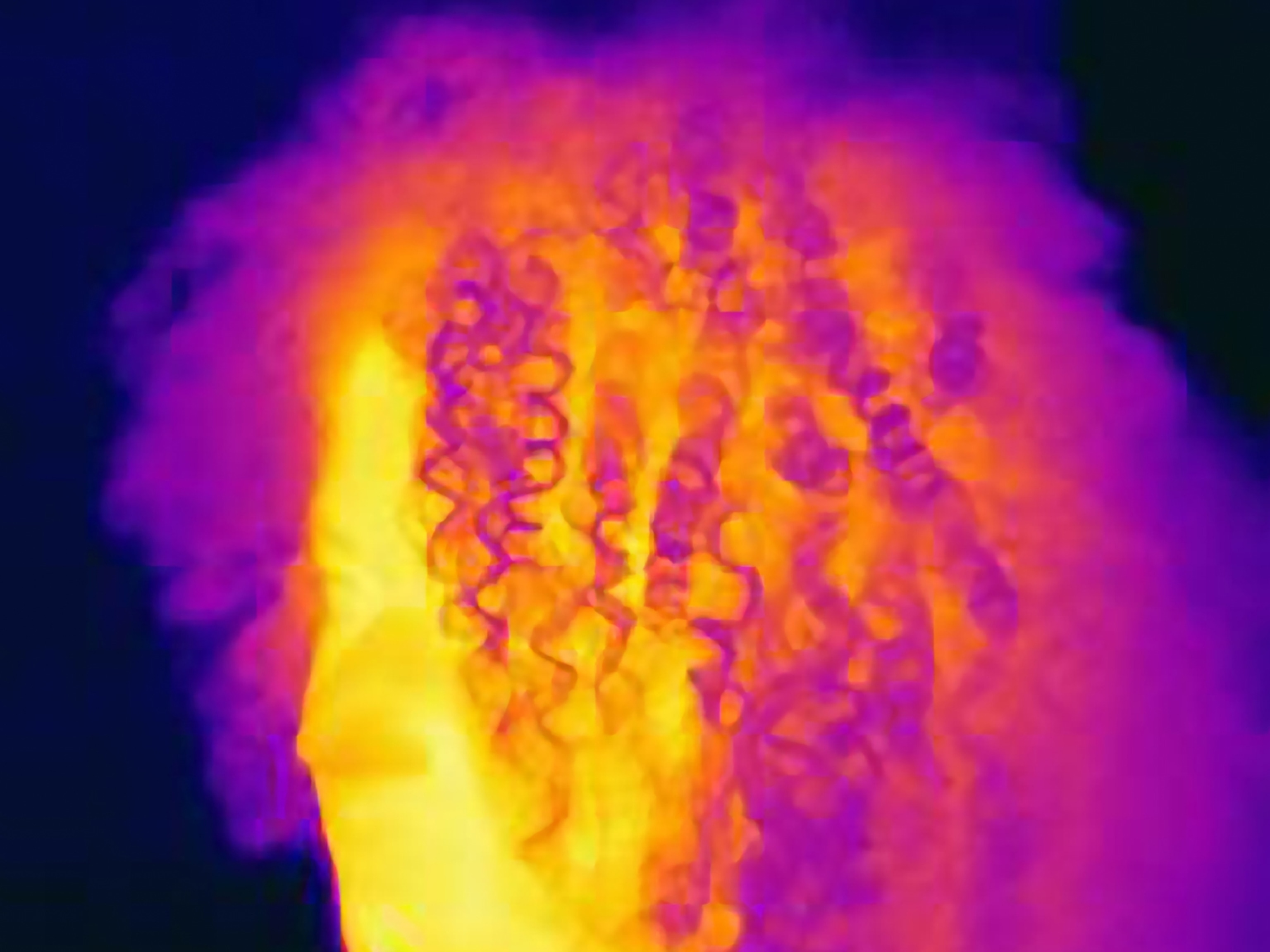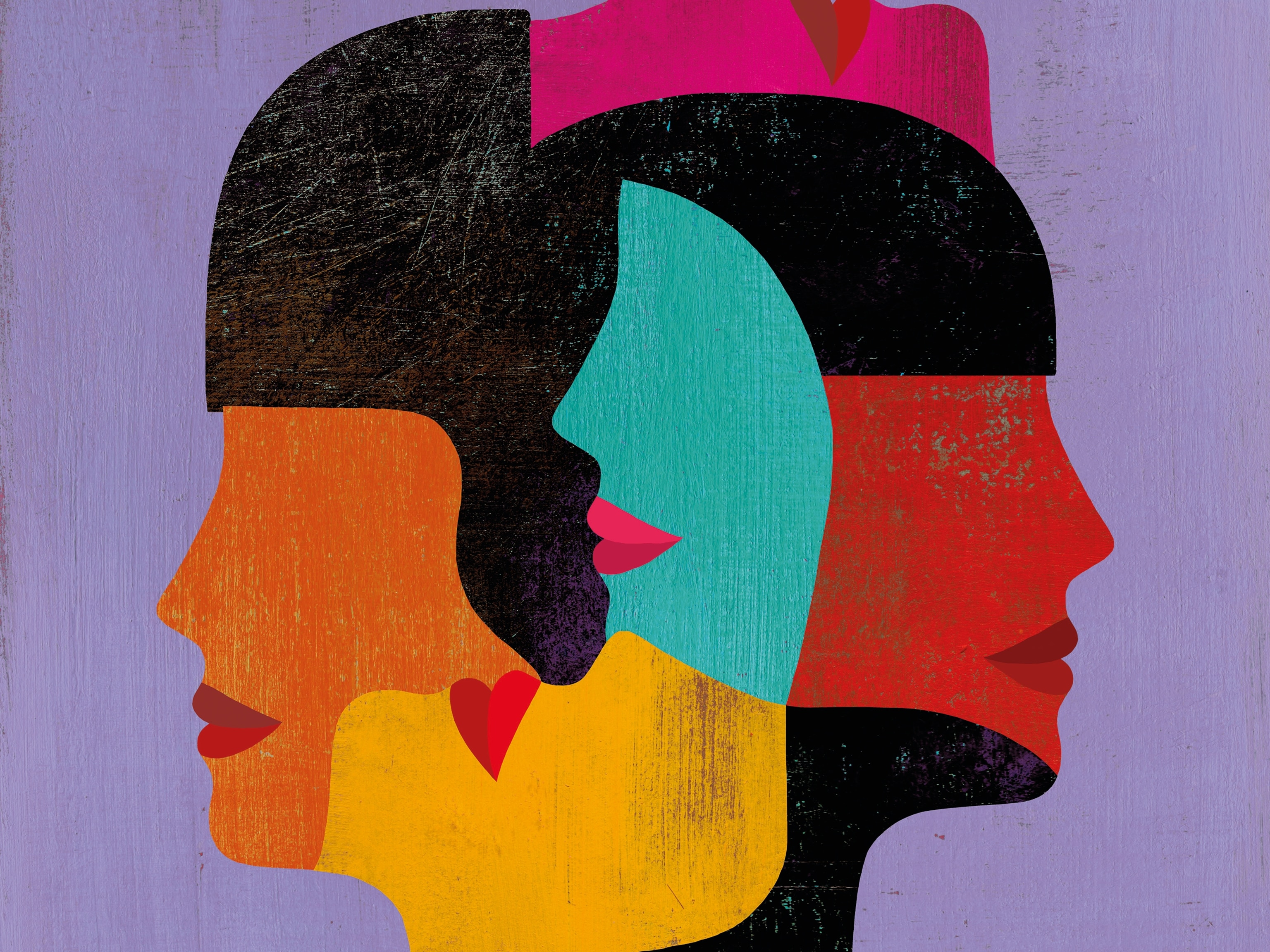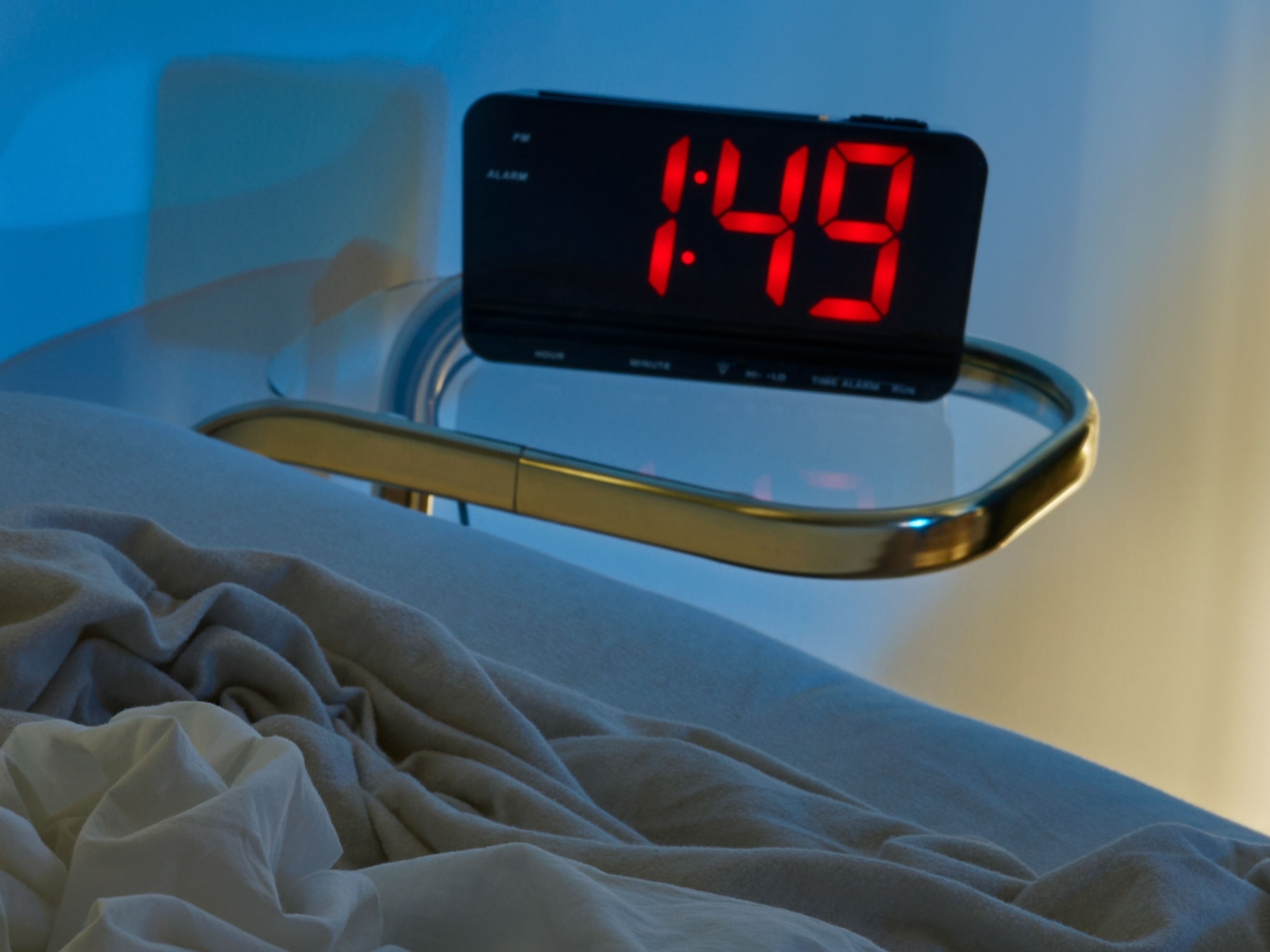The Rorschach Test Is More Accurate Than You Think
100 years after the inkblots were created, studies show they reveal something about us.
In a small town in Switzerland in 1917, psychiatrist Hermann Rorschach began carefully splattering paint on cards to study how the mind works. Asking people what they saw, he observed a correlation in responses from patients with schizophrenia and theorized that mental health could be assessed by how someone processes visual information.
Rorschach’s original 10 images were published in 1921, the year before his death. After being brought to Chicago, they spread quickly across the United States as a popular personality test. In the second half of the century, trends like Freudian analysis fell out of favor, and the test became a synonym for pseudoscience. Critics called for a moratorium on its use. But a major 2013 study published by the American Psychological Association found it more effective than previously believed in diagnosing mental illness.
The Rorschach cards and the order in which they’re presented to patients have never changed. To preserve their utility as a diagnostic tool, psychologists don’t want them shown outside a clinical setting. That’s a challenge Damion Searls faced as he wrote The Inkblots, the first biography of Rorschach. He chose to publish a few, as we are doing here.
Regardless of the scientific debate, the Rorschach test has left its mark on American culture. The 10 blots are probably the “most analyzed paintings of the 20th century,” says Searls.
Spoiler alert: inkblot identities
Rorschach’s test is meant to reveal how a person processes information. There are no wrong answers, but responses that are very unusual are thought to reflect possible psychological issues. Common imagery seen in the blots:









